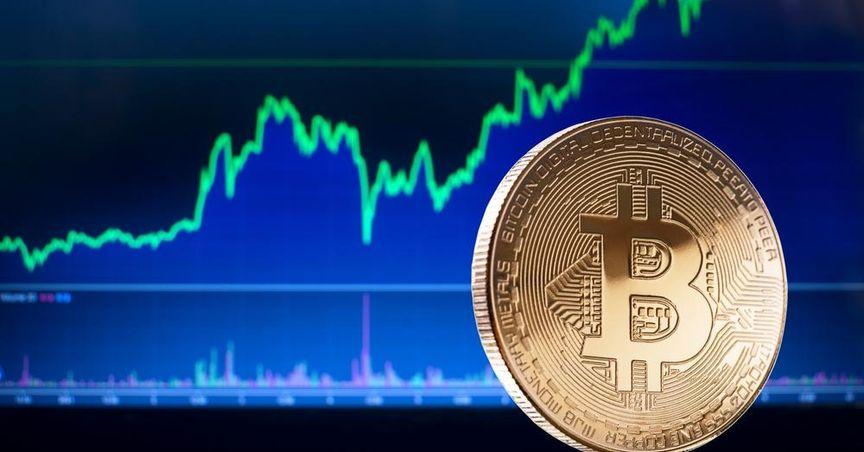Arthur Hayes, co-founder and former CEO of BitMEX, has offered insights into why recent interest rate cuts by the United States Federal Reserve might not significantly impact Bitcoin prices. In a post on X on September 2, Hayes discussed the observed price fluctuations of Bitcoin, noting that despite Federal Reserve Chair Jerome Powell’s indication of a rate cut in September during his Jackson Hole speech on August 23, Bitcoin’s value has struggled.
Following Powell's speech, {Bitcoin} (BTC) prices briefly reached $64,000 but subsequently fell by 10%, hitting a low of $57,400 on September 2. As of September 3, Bitcoin's price was $59,238.
Hayes attributes this price behavior to the dynamics of reverse repurchase agreements (RRPs). RRPs involve selling securities with the agreement to repurchase them at a higher price on a future date. Currently, RRPs offer an interest rate of 5.3%, which surpasses the 4.38% yield of Treasury bills—short-term government debt obligations.
This discrepancy has led large money market funds to shift their cash from Treasury bills into RRPs. As a result, there is less liquidity available for risk-oriented assets like cryptocurrencies. Hayes notes that this situation contradicts the typical expectation that lower interest rates would benefit high-risk assets such as Bitcoin. Instead, the increased attractiveness of RRPs has effectively “parked” capital, reducing its flow into the broader market.
An additional $120 billion has been allocated to reverse repurchase agreements since the Fed’s announcement regarding the probable rate cut. This shift suggests that lower interest rates might not necessarily stimulate greater investment in high-risk assets.
The CME Fed Watch tool indicates a 69% probability of a 25 basis point rate cut and a 31% probability of a 50 basis point cut during the Fed’s September 18 meeting. A more substantial rate cut could potentially lead to a more pronounced market reaction and a greater boost to economic activity, though its impact on Bitcoin remains uncertain.





